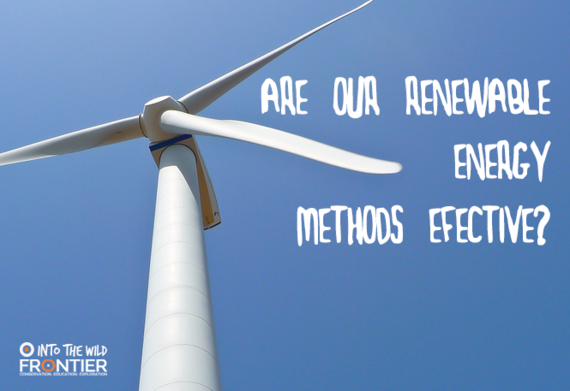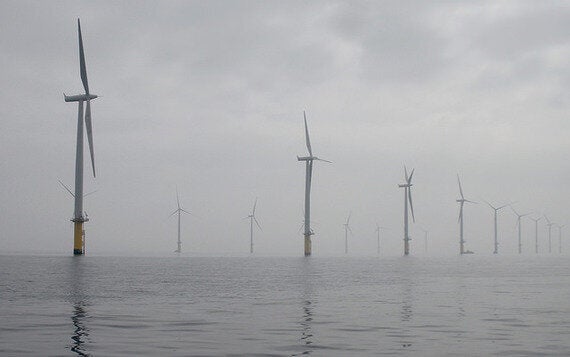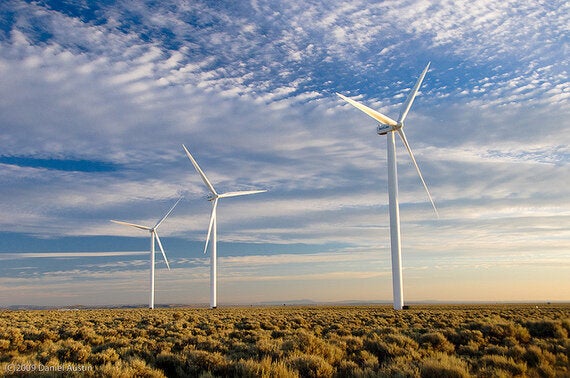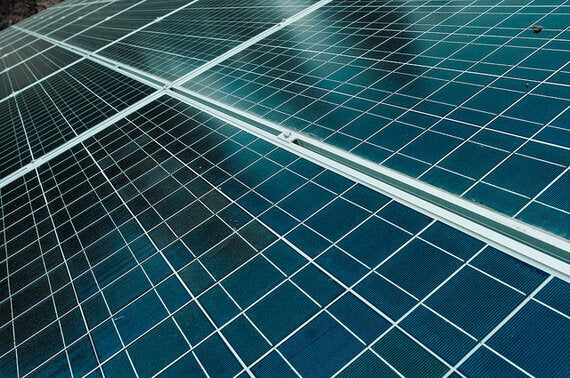
So much weight is put on us needing to be greener and more efficient with how we produce our power. Fossil fuels are depleting, the world is changing and the focus now needs to be on living sustainably. In steps solar, wind, hydro and a whole host of other renewable sources, but how effective are they?
Our methods of creating green energy have advanced leaps and bounds over the last few decades. Even the most eco-cynical people out there can't deny that. They haven't peaked yet though. Well, obviously, look out the window, do you see vast swaths of futuristic wind turbines giving us more clean energy that we could shake a stick at? No, we still have a long way to go.
If you go to google and type in renewable energy or something along those lines, you're bombarded with drawings and concept art of how we should live sustainably. These images, while fascinating to look at, are more at home of the cover of a science fiction magazine than on an engineer's CAD software. These sorts of images contribute to us placing a lot of stock in the hope that wind turbines, bio-oil and hydrogen power are the sources of our salvation, probably too much so.

So what are the numbers? What facts and figures are there to shake us out of the ideology and stare down the barrel of the problem facing us?
Well, with wind turbines, there are facts and figures so readily available that it's not hard to find them at all. From various sources, credible and, errrm, less so, figures point to averages of about 40% efficiency. That of course varies with the strength of the wind, which raises another issue.
Most windfarms only start to operate once the wind speed eclipses about 10mph, and most shut down again when it eclipses 50mph. In addition, their optimum operating wind speed is around 40mph, meaning that they work at their best not far off the limit of when they shut down. While that makes perfect sense, it doesn't give you a lot of scope for consistent energy production. But hey, that's the nature of the wind right!
We hit upon a crucial factor then, putting them up isn't enough. While WHERE they're placed is obviously important, it's worth considering that our ever changing and far more volatile climate and weather might make it more difficult to select one location that will have good consistent wind for the 25 year lifespan of a turbine. Can we really rely on our changing climate to provide that? That remains to be seen.

In their current form, millions of wind turbines aren't the best of options. But the fact that they are an option at all means they're constantly being developed and we do hear stories of the good affect they have. For example, Portugal ran its entire country for four days just recently solely on renewable energy, much of which was sourced from wind farms.
Some ideas for a better wind system include this new design for wind turbines from wonderfulengineering.com. The article claims that this design is over 600% more efficient than current turbines and a far better option for producing our energy. Have a read and see for yourself. You'll have to forgive the slightly boring nature of this next sentence but here goes. Essentially, this new design captures wind instead of it just floating past and moving the mechanism as it goes. It diverts into the mechanism and speeds it up, powering the coil and producing the energy before the wind then finds its way out of a chute and off it flies. It's a way of getting more for your money, in wind terms anyway.
In their current form, the use of wind farms is summed up quite well in this quote from an unknown source: "At the least, they provide us with jobs for putting the things up and then jobs for our kids who have to take them down again after they didn't work as well as we hoped."
When it comes to wind farms we need to understand a simple fact. Yes they're good, and yes they're a step in the right direction, but they haven't peaked. Yet.
Solar energy is getting close attention and praise at the moment, with the high profile flight of the Solar impulse plane making its circumnavigated trip around the world. The plane, powered entirely by energy from 17,000 solar cells absorbing sunlight, landed in America last week to tremendous applause and praise and hurrah.
Now, before we label this as the future of air travel, let's consider something. A Boeing 747 flies at 614mph, which is pretty quick and means that the movement of people and goods can be done promptly and easily. The Solar Impulse flies at 30mph.
The show of technology that this stunt advertises is worth celebrating, but it should be celebrated more if it was replacing technology that has been made obsolete. As it doesn't, it's not quite the glorious advert for solar energy that you'd hope.

Commercial Solar Panels operate at around 22% efficiency on average. That makes them disappointingly low and only just worth the effort. To the average household in the UK, solar panels on the roof don't pay for themselves for between 10 and 13 years, that's assuming they work perfectly throughout and you have good weather for that period. That initial investment is still in the thousands of pounds too, making that first step difficult in itself.
Are they the answer? Possibly. Are they the answer right now? Afraid not.
The intention article of this is not to undermine all that happy feeling people have about using solar and wind power and that belief that it could help save the planet. It's more about learning to walk before trying to run.
Of course there are people sitting out there right now working to improve the design, so let's learn the lesson we didn't when we put them up to begin with. Let's make them work before we go ahead and try another save the environment experiment. So far we've tried to make them save the environment, and they're just not ready.
The seal has been broken, and we've proven we can make them work. The real progress comes with making them work better. So let's develop it and make solar and wind energy something that is actually a viable solution instead of a stunt of 'Jesus is coming look busy.'
By Guy Bezant - Online Journalism Intern
Frontier runs conservation, development, teaching and adventure travel projects in over 50 countries worldwide - so join us and explore the world!
See more from our volunteers #Frontiervolunteer
